Hybrid Steel-Polyethylene Fiber-Reinforced Iron Ore Tailing Concrete: Mechanical, Sulfate Freeze–Thaw Resistance, and Microscopic Characteristics
Abstract
:1. Introduction
2. Experimental Details
2.1. Raw Materials
2.1.1. Cementitious Material
2.1.2. Aggregates
2.1.3. Steel Fiber and Polyethylene Fiber
2.2. Mixing Proportions
2.3. Experimental Program
3. Experimental Results of Workability and Mechanical Properties
3.1. Workability
3.2. Compressive Strength and Splitting Tensile Strength
3.3. Toughening Mechanism of Fiber
4. Experimental Results of Sulfate F–T Resistance
4.1. Surface Damage
4.2. Compressive Strength Loss
4.3. Mass Loss
4.4. RDEM
4.5. F–T Damage Evolution
4.6. Deterioration Mechanism of Sulfate F–T Cycle
5. Microanalysis
5.1. CT Pore Characteristics Analysis
5.2. SEM Micromorphology Analysis
6. Conclusions
Author Contributions
Funding
Data Availability Statement
Conflicts of Interest
References
- Zuccheratte, A.; Freire, C.B.; Lameiras, F.S. Synthetic gravel for concrete obtained from sandy iron ore tailing and recycled polyethyltherephtalate. Constr. Build. Mater. 2017, 151, 859–865. [Google Scholar] [CrossRef]
- Fontes, W.C.; Mendes, J.C.; Da Silva, S.N.; Peixoto, R.A.F. Mortars for laying and coating produced with iron ore tailings from tailing dams. Constr. Build. Mater. 2016, 112, 988–995. [Google Scholar] [CrossRef]
- Osinubi, K.J.; Yohanna, P.; Eberemu, A.O. Cement modification of tropical black clay using iron ore tailings as admixture. Transp. Geotech. 2015, 5, 35–49. [Google Scholar] [CrossRef]
- Shettima, A.U.; Hussin, M.W.; Ahmad, Y.; Mirza, J. Evaluation of iron ore tailings as replacement for fine aggregate in concrete. Constr. Build. Mater. 2016, 120, 72–79. [Google Scholar] [CrossRef]
- Davila, R.B.; Fontes, M.; Pacheco, A.A.; Ferreira, M. Heavy metals in iron ore tailings and floodplain soils affected by the Samarco dam collapse in Brazil. Sci. Total Environ. 2019, 709, 136151. [Google Scholar] [CrossRef] [PubMed]
- Hossain, M.U.; Poon, C.S.; Lo, I.M.C.; Cheng, J.C.P. Comparative environmental evaluation of aggregate production from recycled waste materials and virgin sources by LCA. Resour. Conserv. Recycl. 2016, 109, 67–77. [Google Scholar] [CrossRef]
- Han, F.; Li, L.; Song, S.; Liu, J. Early-age hydration characteristics of composite binder containing iron tailing powder. Powder Technol. 2017, 315, 322–331. [Google Scholar] [CrossRef]
- Zhang, C.; Li, S. Utilization of iron ore tailing for the synthesis of zeolite A by hydrothermal method. J. Mater. Cycles Waste Manag. 2018, 20, 1605–1614. [Google Scholar] [CrossRef]
- Wang, X.; Yu, R.; Shui, Z.; Zhao, Z.; Song, Q.; Yang, B.; Fan, D. Development of a novel cleaner construction product: Ultra-high performance concrete incorporating lead-zinc tailings. J. Clean. Prod. 2018, 196, 172–182. [Google Scholar] [CrossRef]
- Tian, Z.X.; Zhao, Z.H.; Dai, C.Q.; Liu, S.J. Experimental Study on the Properties of Concrete Mixed with Iron Ore Tailings. Adv. Mater. Sci. Eng. 2016, 2016, 8606505. [Google Scholar] [CrossRef]
- Ugama, T.I.; Ejeh, S.P.; Amartey, D.Y. Effect of Iron Ore Tailing on the Properties of Concrete. Civ. Environ. Res. 2014, 6, 7. [Google Scholar]
- Argane, R.; Benzaazoua, M.; Hakkou, R.; Bouamrane, A. Reuse of base-metal tailings as aggregates for rendering mortars: Assessment of immobilization performances and environmental behavior. Constr. Build. Mater. 2015, 96, 296–306. [Google Scholar] [CrossRef]
- Aggarwal, Y.; Siddique, R. Microstructure and properties of concrete using bottom ash and waste foundry sand as partial replacement of fine aggregates. Constr. Build. Mater. 2014, 54, 210–223. [Google Scholar] [CrossRef]
- Ismail, Z.Z.; Al-Hashmi, E.A. Reuse of waste iron as a partial replacement of sand in concrete. Waste Manag. 2008, 28, 2048–2053. [Google Scholar] [CrossRef] [PubMed]
- Zhang, G.D.; Zhang, X.Z.; Zhou, Z.H.; Cheng, X. Preparation and Properties of Concrete Containing Iron Tailings/Manufactured Sand as Fine Aggregate. Adv. Mater. Res. 2014, 838–841, 152–155. [Google Scholar] [CrossRef]
- Xu, F.; Wang, S.; Li, T.; Liu, B.; Liu, K. The mechanical properties and resistance against the coupled deterioration of sulfate attack and freeze-thaw cycles of tailing recycled aggregate concrete. Constr. Build. Mater. 2020, 269, 121273. [Google Scholar] [CrossRef]
- Xu, F.; Wang, S.; Li, T.; Liu, B.; Zhou, Y. The mechanical properties of tailing recycled aggregate concrete and its resistance to the coupled deterioration of sulfate attack and wetting–drying cycles. Structures 2020, 27, 2208–2216. [Google Scholar] [CrossRef]
- Li, T.; Wang, S.; Xu, F.; Meng, X.; Zhan, M. Study of the basic mechanical properties and degradation mechanism of recycled concrete with tailings before and after carbonation. J. Clean. Prod. 2020, 259, 120923. [Google Scholar] [CrossRef]
- Xlab, C.; Ylab, D.; Xia, C.; Yan, S.; Rl, E.; Rwa, B.; Zpa, B. Environmental impact, durability performance, and interfacial transition zone of iron ore tailings utilized as dam concrete aggregates. J. Clean. Prod. 2021, 292, 126068. [Google Scholar]
- Banthia, N.; Gupta, R. Influence of polypropylene fiber geometry on plastic shrinkage cracking in concrete. Cem. Concr. Res. 2006, 36, 1263–1267. [Google Scholar] [CrossRef]
- Alnahhal, W.; Aljidda, O. Flexural behavior of basalt fiber reinforced concrete beams with recycled concrete coarse aggregates. Constr. Build. Mater. 2018, 169, 165–178. [Google Scholar] [CrossRef]
- Jalal, A.; Shafiq, N.; Nikbakht, E.; Kumar, R.; Zahid, M. Mechanical Properties of Hybrid Basalt-Polyvinyl Alcohol (PVA) Fiber Reinforced Concrete. Key Eng. Mater. 2017, 744, 3–7. [Google Scholar] [CrossRef]
- Kl, A.; Sw, A.; Xq, A.; Wei, D.C.; Zhao, N.A.; Tao, W.D.; Fan, X.A.; Bla, B. Study on the mechanical properties and microstructure of fiber reinforced metakaolin-based recycled aggregate concrete. Constr. Build. Mater. 2021, 294, 123554. [Google Scholar]
- Miao, C.; Ru, M.; Qian, T.; Wei, S. Effect of sulfate solution on the frost resistance of concrete with and without steel fiber reinforcement. Cem. Concr. Res. 2002, 32, 31–34. [Google Scholar] [CrossRef]
- Yan, F.; Lin, Z.; Zhang, D.; Gao, Z.; Li, M. Experimental study on bond durability of glass fiber reinforced polymer bars in concrete exposed to harsh environmental agents: Freeze-thaw cycles and alkaline-saline solution. Compos. Part B Eng. 2017, 116, 406–421. [Google Scholar] [CrossRef]
- Huang, X.; Ranade, R.; Li, V.C. Feasibility Study of Developing Green ECC Using Iron Ore Tailings Powder as Cement Replacement. J. Mater. Civ. Eng. 2013, 25, 923–931. [Google Scholar] [CrossRef]
- Huang, X.; Ranade, R.; Qian, Z.; Wen, N.; Li, V.C. Mechanical and thermal properties of green lightweight engineered cementitious composites. Constr. Build. Mater. 2013, 48, 954–960. [Google Scholar] [CrossRef]
- Huang, X.; Ranade, R.; Ni, W.; Li, V.C. Development of green engineered cementitious composites using iron ore tailings as aggregates. Constr. Build. Mater. 2013, 44, 757–764. [Google Scholar] [CrossRef]
- Zhu, Z.; Li, B.; Zhou, M. The Influences of Iron Ore Tailings as Fine Aggregate on the Strength of Ultra-High Performance Concrete. Adv. Mater. Sci. Eng. 2015, 2015, 1–6. [Google Scholar] [CrossRef]
- Bao, W.B.; Wang, C.H.; Zhang, S.F.; Huang, Z.Q. Experimental Study on Mechanical Properties of PVA Fiber Reinforced Tailings Cementitious Composites. Adv. Mater. Res. 2012, 598, 618–621. [Google Scholar] [CrossRef]
- Caggiano, A.; Gambarelli, S.; Martinelli, E.; Nistico, N.; Pepe, M. Experimental characterization of the post-cracking response in Hybrid Steel/Polypropylene Fiber-Reinforced Concrete. Constr. Build. Mater. 2016, 125, 1035–1043. [Google Scholar] [CrossRef]
- Banthia, N.; Gupta, R. Hybrid fiber reinforced concrete (HyFRC): Fiber synergy in high strength matrices. Mater. Struct. 2004, 37, 707–716. [Google Scholar] [CrossRef]
- Kb, A.; Kr, A.; Akv, A.; Uv, A.; Sks, B. Effect of dumped iron ore tailing waste as fine aggregate with steel and basalt fibre in improving the performance of concrete— ScienceDirect. Mater. Today Proc. 2021, 46, 7624–7632. [Google Scholar]
- Afroughsabet, V.; Ozbakkaloglu, T. Mechanical and durability properties of high-strength concrete containing steel and polypropylene fibers. Constr. Build. Mater. 2015, 94, 73–82. [Google Scholar] [CrossRef]
- Wang, Y.; Zhang, S.; Niu, D.; Fu, Q. Quantitative evaluation of the characteristics of air voids and their relationship with the permeability and salt freeze-thaw resistance of hybrid steel-polypropylene fiber-reinforced concrete composites. Cem. Concr. Compos. 2022, 125, 104292. [Google Scholar] [CrossRef]
- Xu, F.; Wang, S.; Li, T.; Xu, F.; Wang, S.; Li, T.; Liu, B.; Li, B.; Zhou, Y. Mechanical properties and pore structure of recycled aggregate concrete made with iron ore tailings and polypropylene fibers. J. Build. Eng. 2021, 33, 101572. [Google Scholar] [CrossRef]
- Li, J.S.; Ren, W.Y.; Zhang, A.J.; Li, S.; Tan, J.; Liu, H. Mechanical Properties and Microstructure Analysis of Cement Mortar Mixed with Iron Ore Tailings. Buildings 2023, 13, 13010149. [Google Scholar] [CrossRef]
- Lv, X.; Shen, W.; Wang, L.; Dong, Y.; Zhang, J.; Xie, Z. A comparative study on the practical utilization of iron tailings as a complete replacement of normal aggregates in dam concrete with different gradation. J. Clean. Prod. 2019, 211, 704–715. [Google Scholar] [CrossRef]
- Duan, H.; Liu, H.; Li, B.; Wang, Z.; Gao, H. Mechanical Properties and Mechanism Analysis of Graphite Tailings Environment-Friendly Concrete. Materials 2022, 15, 15248870. [Google Scholar] [CrossRef] [PubMed]
- GB/T14684-2011; Sand for Construction. Standardization Administration of China: Beijing, China, 2012.
- GB/T 50081-2019; Standard for Test Methods of Physical and Mechanical Properties of Concrete. State Administration for Market Regulation: Beijing, China, 2019.
- GB/T50082-2009; Standard for Test Methods of Long-Term Performance and Durability of Ordinary Concrete. Ministry of Construction of the People’s Republic of China: Beijing, China, 2009.
- Zhao, N.; Wang, S.; Wang, C.; Quan, X.; Li, B. Study on the durability of engineered cementitious composites (ECCs) containing high-volume fly ash and bentonite against the combined attack of sulfate and freezing-thawing (F-T). Constr. Build. Mater. 2020, 233, 117313. [Google Scholar] [CrossRef]
- Du, J.; Ye, J.; Li, G. Inhibitory effects of chloride ions on concrete sulfate attack in the marine adsorption environment. Mar. Georesour. Geotechnol. 2016, 35, 371–375. [Google Scholar] [CrossRef]
- Peng, L.; Ying, C.; Zya, C.; Zla, C. Effect of sulfate solution concentration on the deterioration mechanism and physical properties of concrete. Constr. Build. Mater. 2019, 227, 116641. [Google Scholar]
- GB/T50080-2002; Standard for Test Method of Performance on Ordinary Fresh Concrete. Ministry of Construction of the People’s Republic of China: Beijing, China, 2003.
- Yue, Y.; Zhou, Y.; Xing, F.; Gong, G.; Hu, B.; Guo, M. An industrial applicable method to improve the properties of recycled aggregate concrete by incorporating nano-silica and micro-CaCO3. J. Clean. Prod. 2020, 259, 120920. [Google Scholar] [CrossRef]
- Jiang, C.; Ke, F.; Fei, W.; Da, C. Experimental study on the mechanical properties and microstructure of chopped basalt fibre reinforced concrete. Mater. Des. 2014, 58, 187–193. [Google Scholar] [CrossRef]
- Dandautiya, R.; Singh, A.P. Utilization potential of fly ash and copper tailings in concrete as partial replacement of cement along with life cycle assessment. Waste Manag. 2019, 99, 90–101. [Google Scholar] [CrossRef] [PubMed]
- Meng, Y.; Ni, W.; Zhang, Y. Current state of ore tailings reusing and its future development in China. China Mine Eng. 2010, 5, 1–8. [Google Scholar]
- Chan, R.; Santana, M.A.; Oda, A.M.; Paniguel, R.C.; Galobardes, I. Analysis of Potential Use of Fibre Reinforced Recycled Aggregate Concrete for Sustainable Pavements. J. Clean. Prod. 2019, 218, 183–191. [Google Scholar] [CrossRef]
- High, C.; Seliem, H.M.; El-Safty, A.; Rizkalla, S.H. Use of basalt fibers for concrete structures. Constr. Build. Mater. 2015, 96, 37–46. [Google Scholar] [CrossRef]
- Wang, L.; Zhou, S.H.; Shi, Y.; Tang, S.W.; Chen, E. Effect of silica fume and PVA fiber on the abrasion resistance and volume stability of concrete. Compos. Part B Eng. 2017, 130, 28–37. [Google Scholar] [CrossRef]
- Xiao, J.; Li, W.; Sun, Z.; Lange, D.A.; Shah, S.P. Properties of interfacial transition zones in recycled aggregate concrete tested by nanoindentation. In Cement and Concrete Composites; Elsevier: Amsterdam, The Netherlands, 2013. [Google Scholar]
- Jz, A.; Kn, B.; Ys, A.; Ys, B. An evaluation of iron ore tailings characteristics and iron ore tailings concrete properties—ScienceDirect. Constr. Build. Mater. 2021, 286, 122968. [Google Scholar]
- Ahmed, T.; Elchalakani, M.; Basarir, H.; Karrech, A.; Yang, B. Development of ECO-UHPC utilizing gold mine tailings as quartz sand alternative. Clean. Eng. Technol. 2021, 4, 100176. [Google Scholar] [CrossRef]
- Zhong, H.; Zhang, M. Experimental study on engineering properties of concrete reinforced with hybrid recycled tyre steel and polypropylene fibres. J. Clean. Prod. 2020, 259, 120914. [Google Scholar] [CrossRef]
- Laq, A.; Ba, B.; Aa, C. Combined effects of supplementary cementitious materials (silica fume, GGBS, fly ash and rice husk ash) and steel fiber on the hardened properties of recycled aggregate concrete. Constr. Build. Mater. 2020, 263, 120636. [Google Scholar]
- Ahmadi, M.; Farzin, S.; Hassani, A.; Motamedi, M. Mechanical properties of the concrete containing recycled fibers and aggregates. Constr. Build. Mater. 2017, 144, 392–398. [Google Scholar] [CrossRef]
- Kassem, M.; Soliman, A.; El Naggar, H. Sustainable approach for recycling treated oil sand waste in concrete: Engineering properties and potential applications. J. Clean. Prod. 2018, 204, 50–59. [Google Scholar] [CrossRef]
- Gao, S.; Guo, L. Utilization of coal gangue as coarse aggregates in structural concrete. Constr. Build. Mater. 2021, 268, 121212. [Google Scholar] [CrossRef]
- Cheng, Y.; Wei, S.; Scrivener, K. Mechanism of expansion of mortars immersed in sodium sulfate solutions. Cem. Concr. Res. 2013, 43, 105–111. [Google Scholar]
- Pigeon, M.; Gagné, R.; Foy, C. Critical air-void spacing factors for low water-cement ratio concretes with and without condensed silica fume. Cem. Concr. Res. 1987, 17, 896–906. [Google Scholar] [CrossRef]
- Weibull, W. A statistical distribution function of wide applicability. J. Appl. Mech. 1951, 18, 293–297. [Google Scholar] [CrossRef]
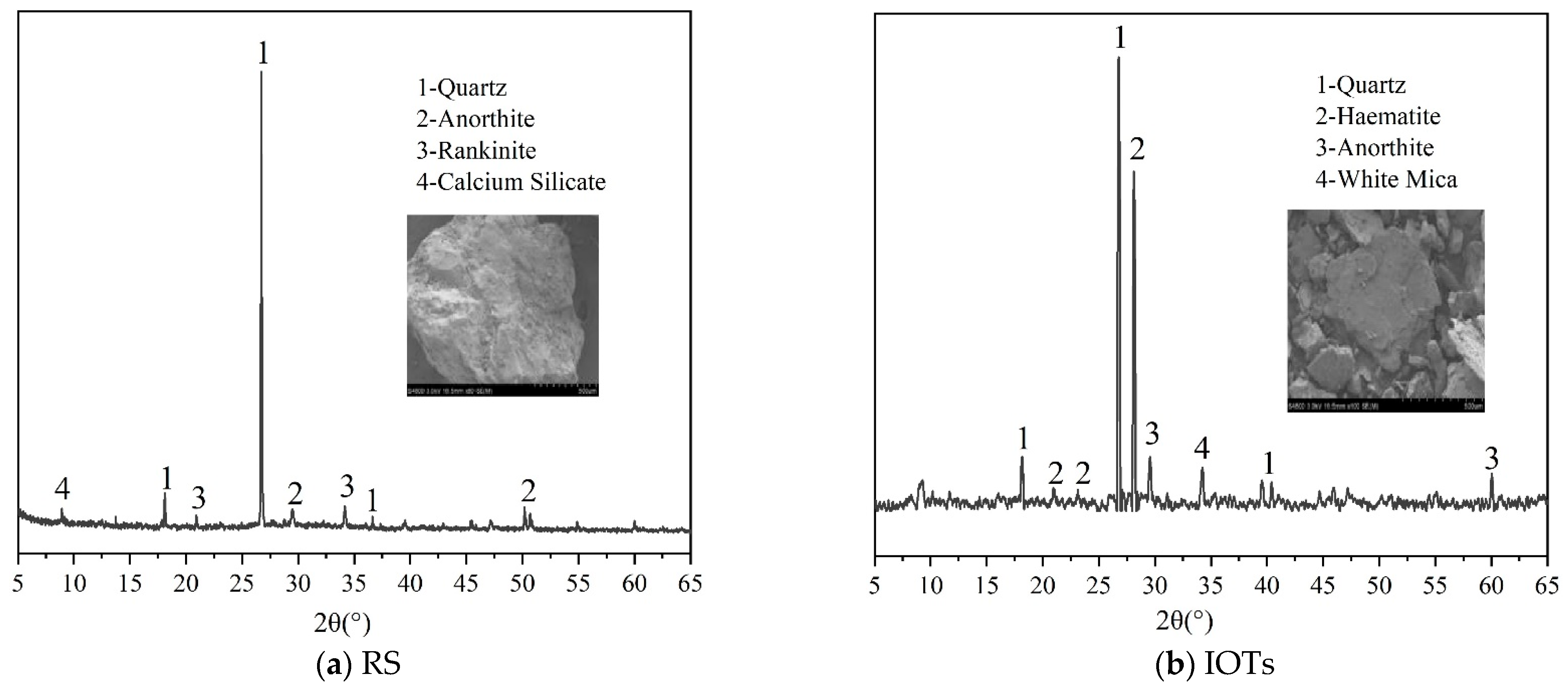
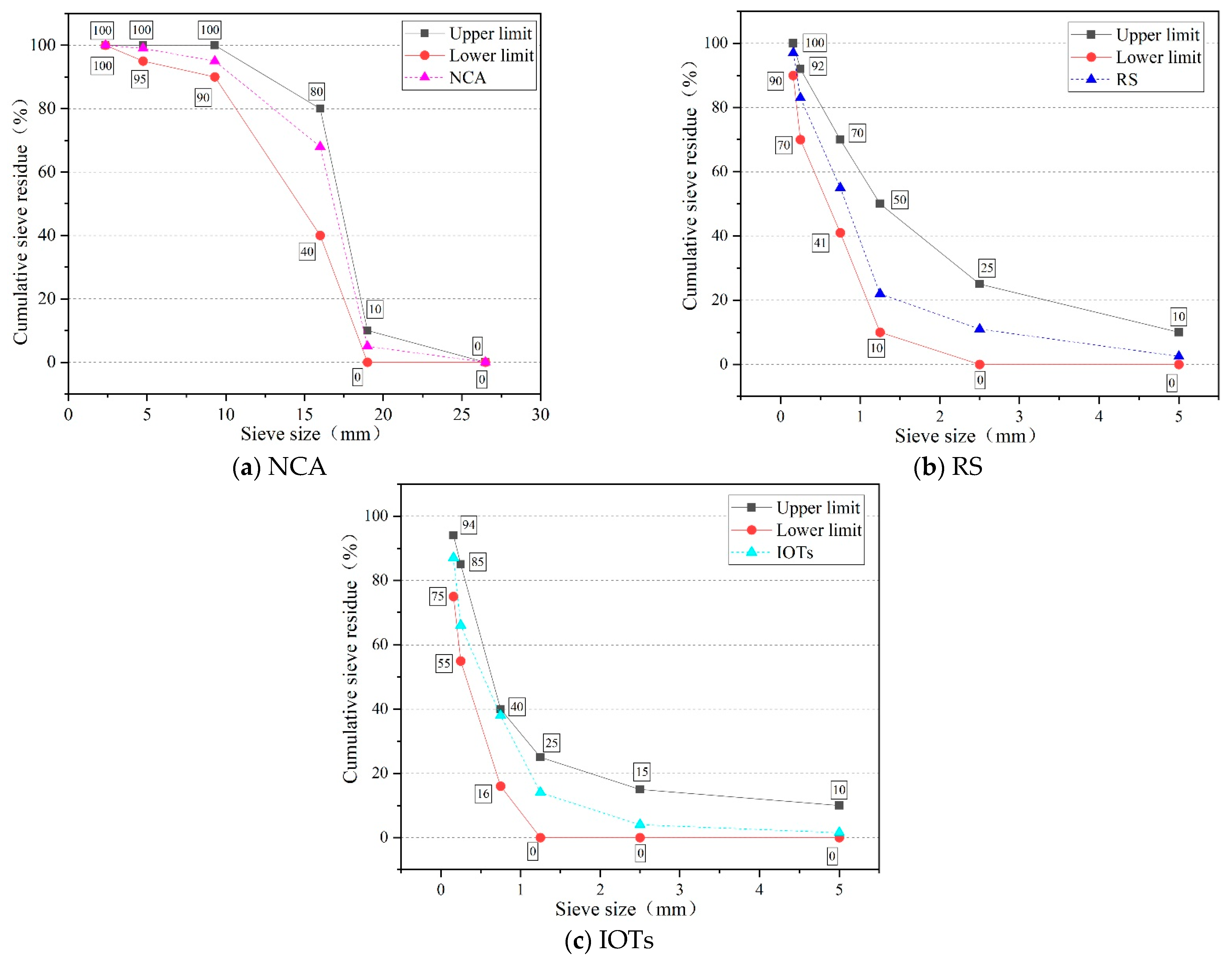
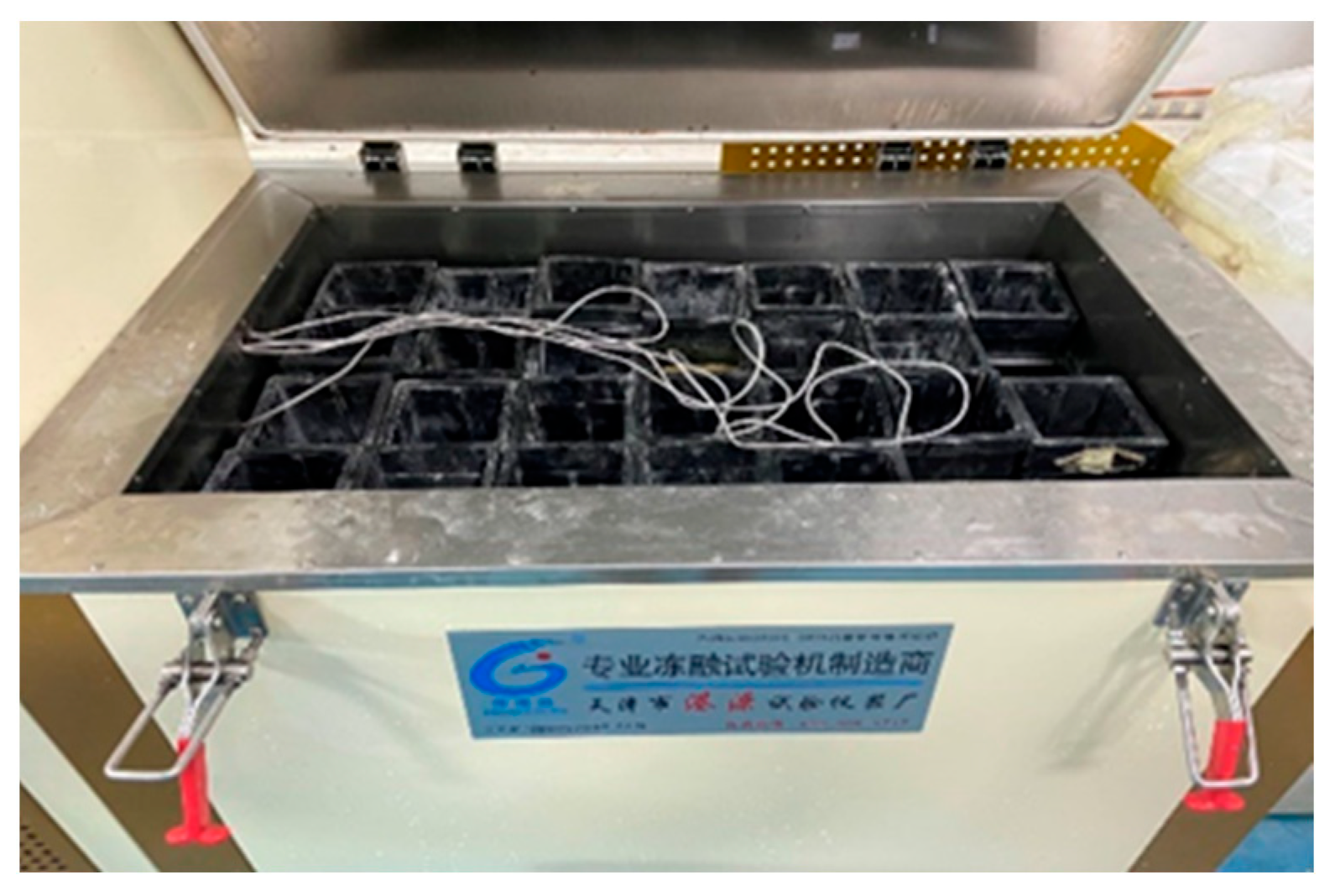
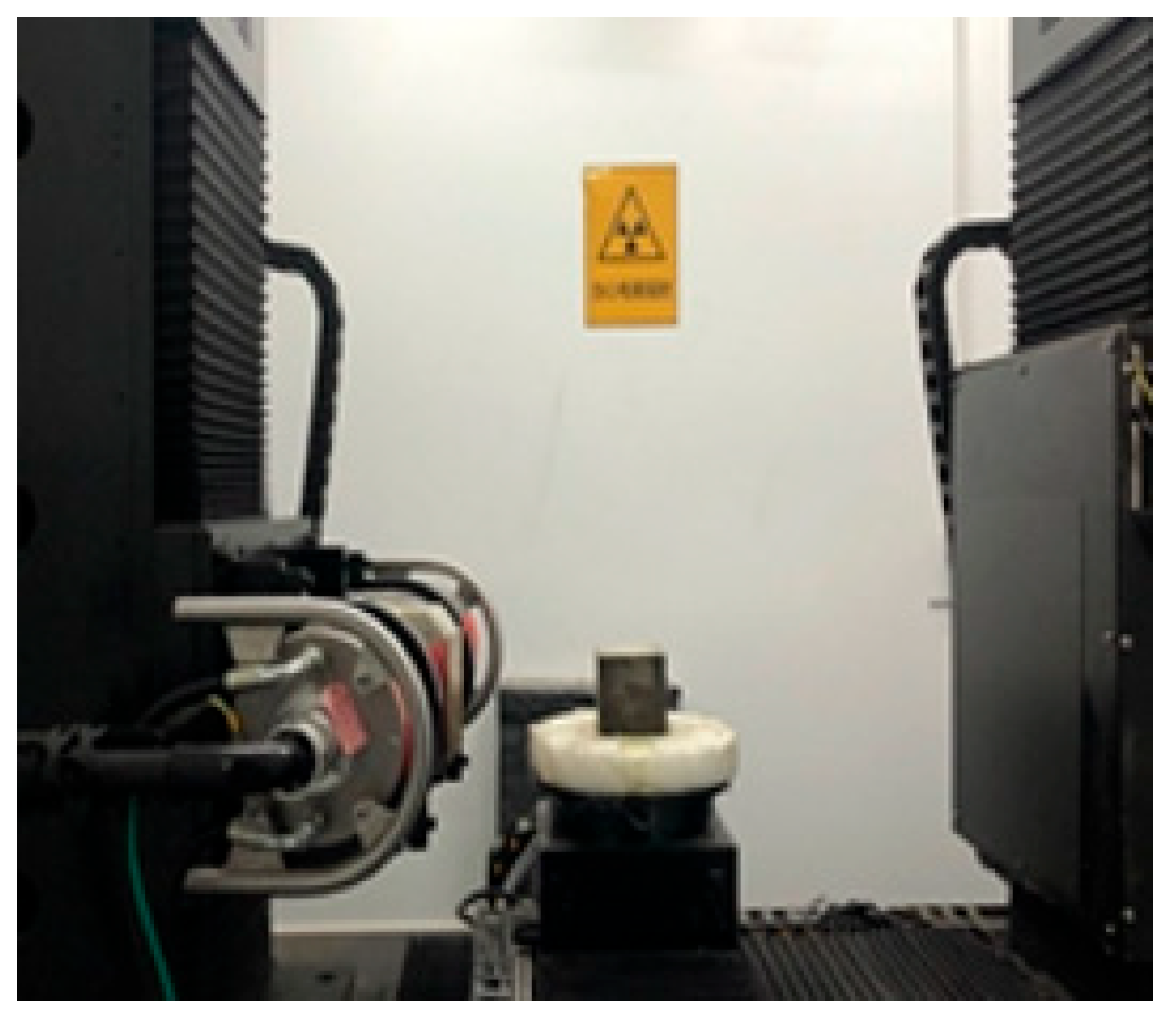

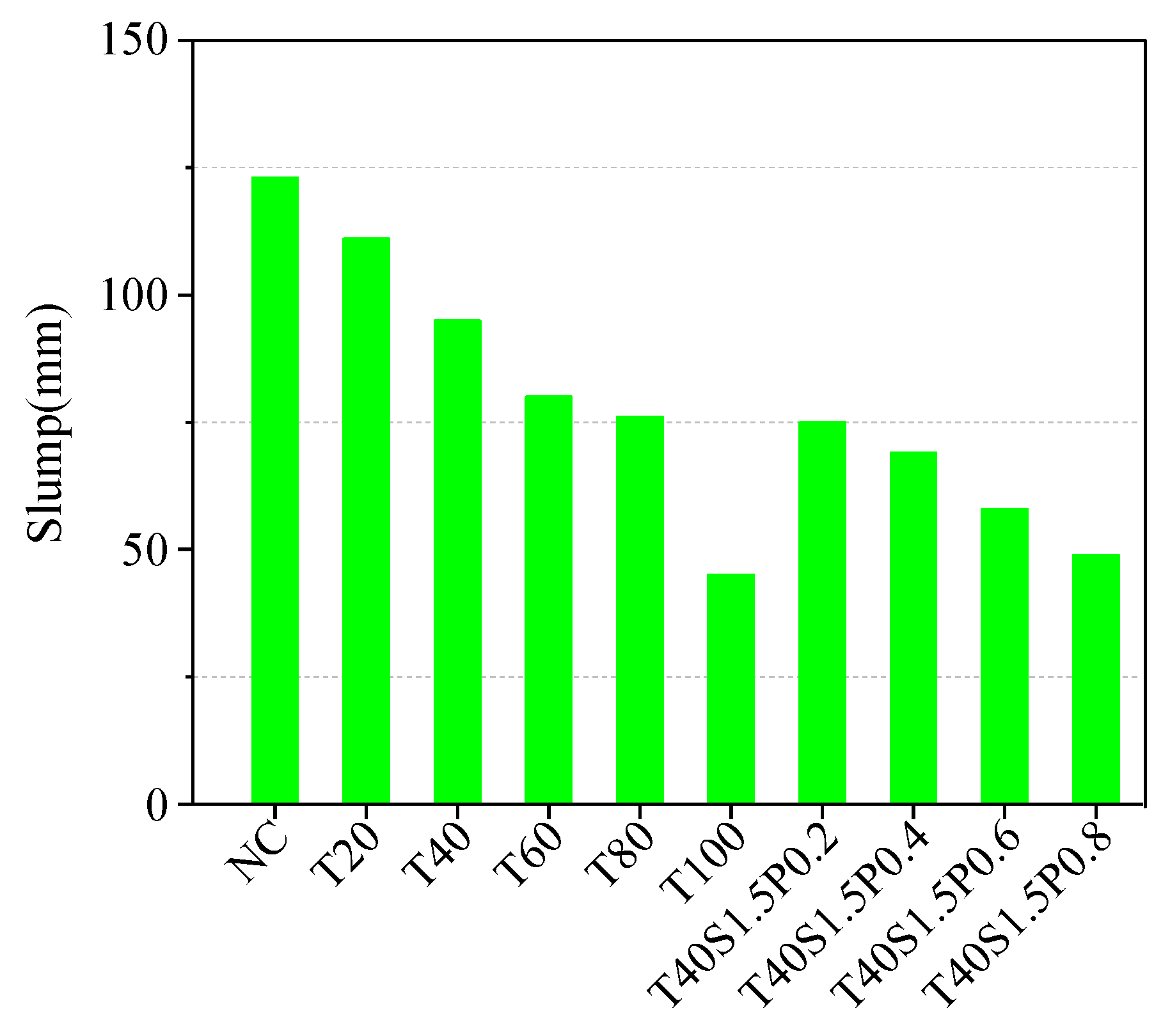
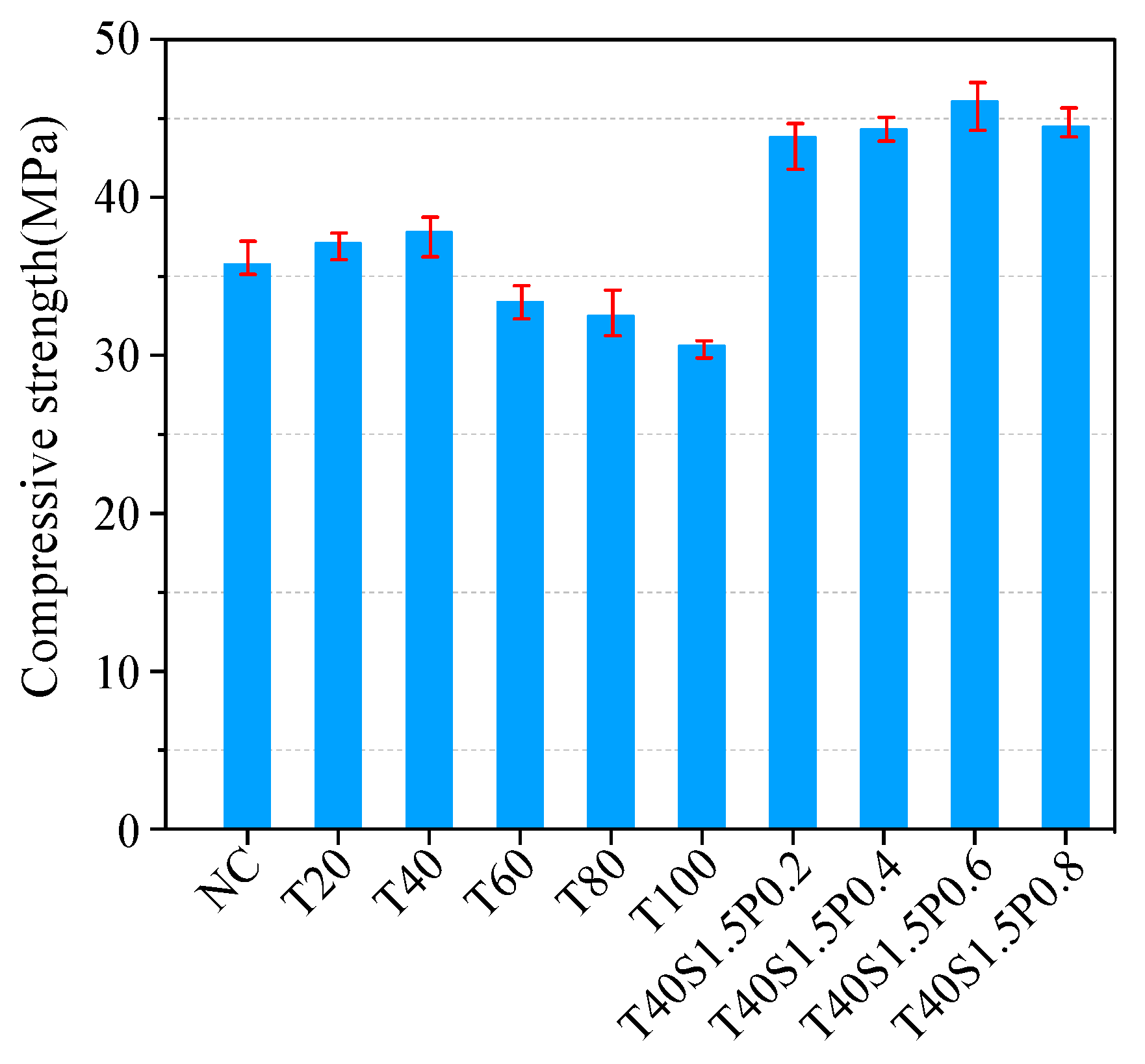


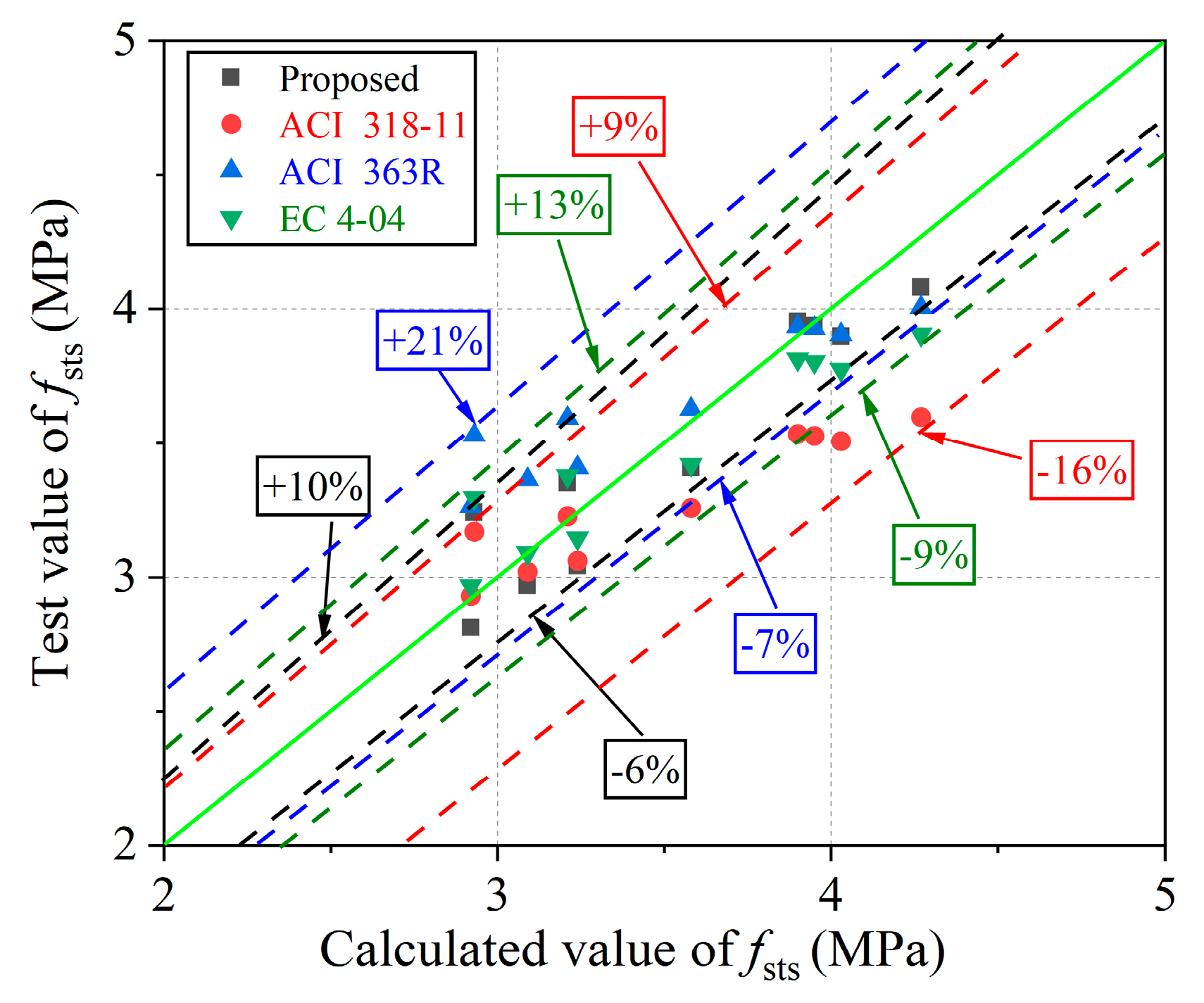
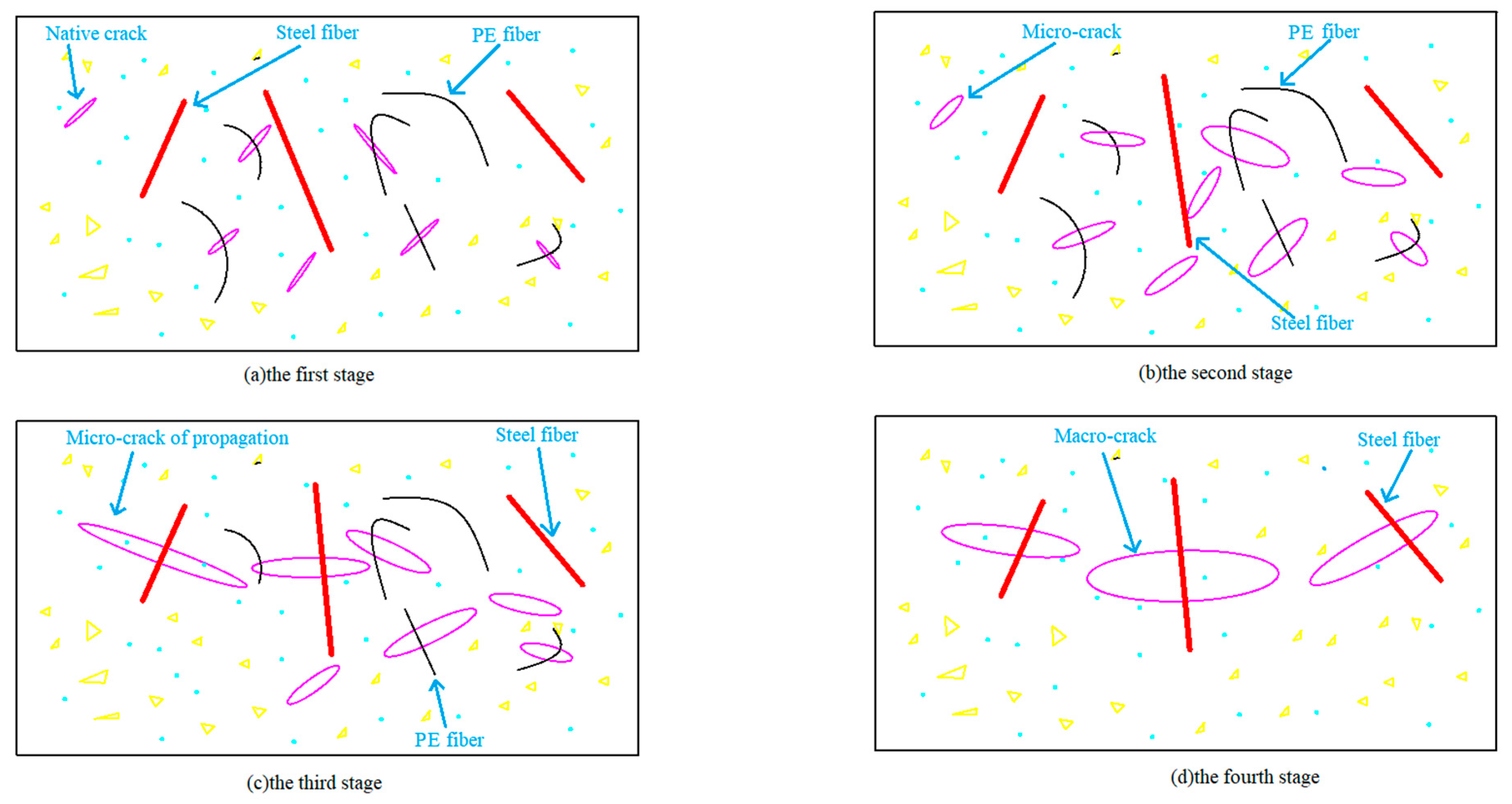





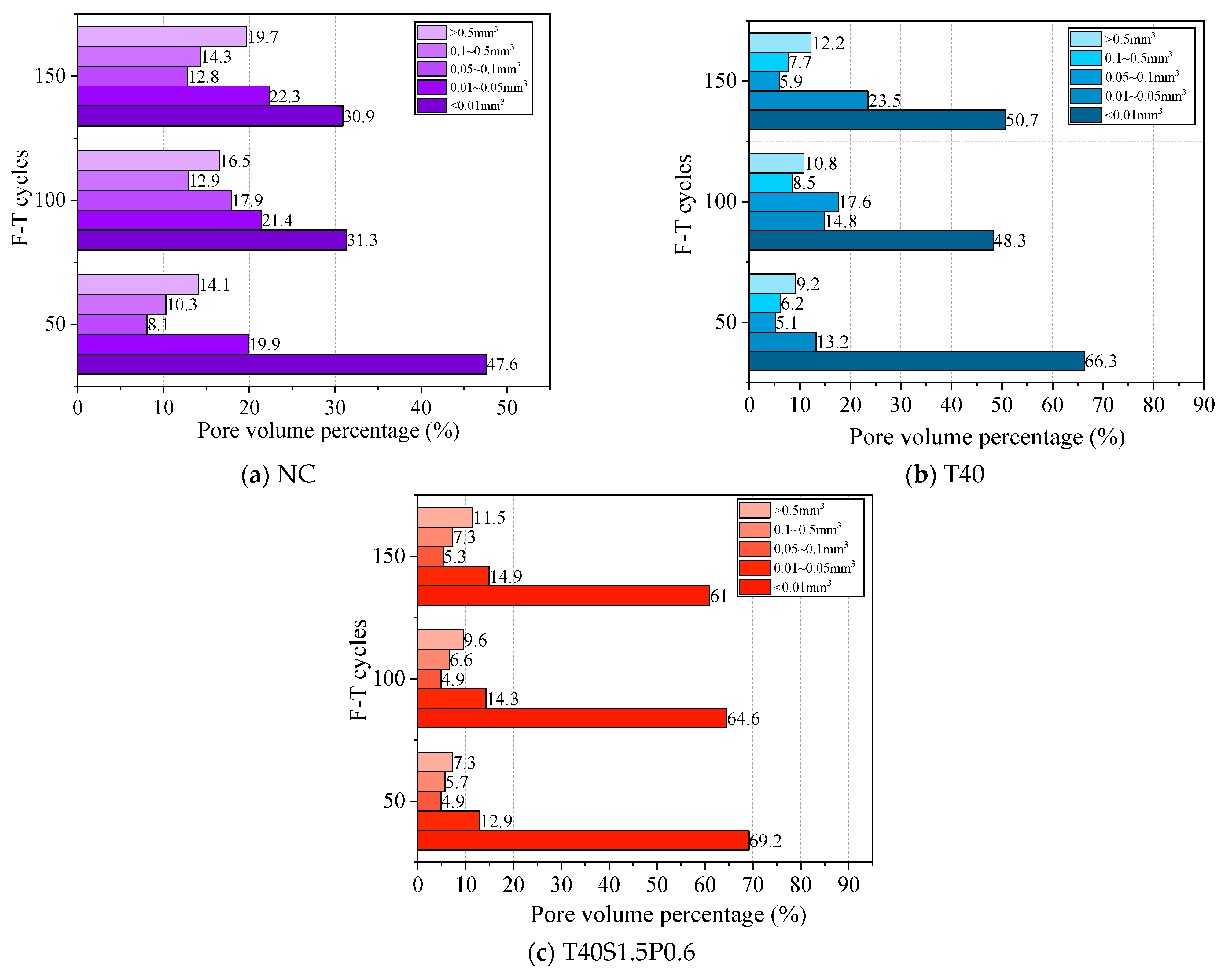

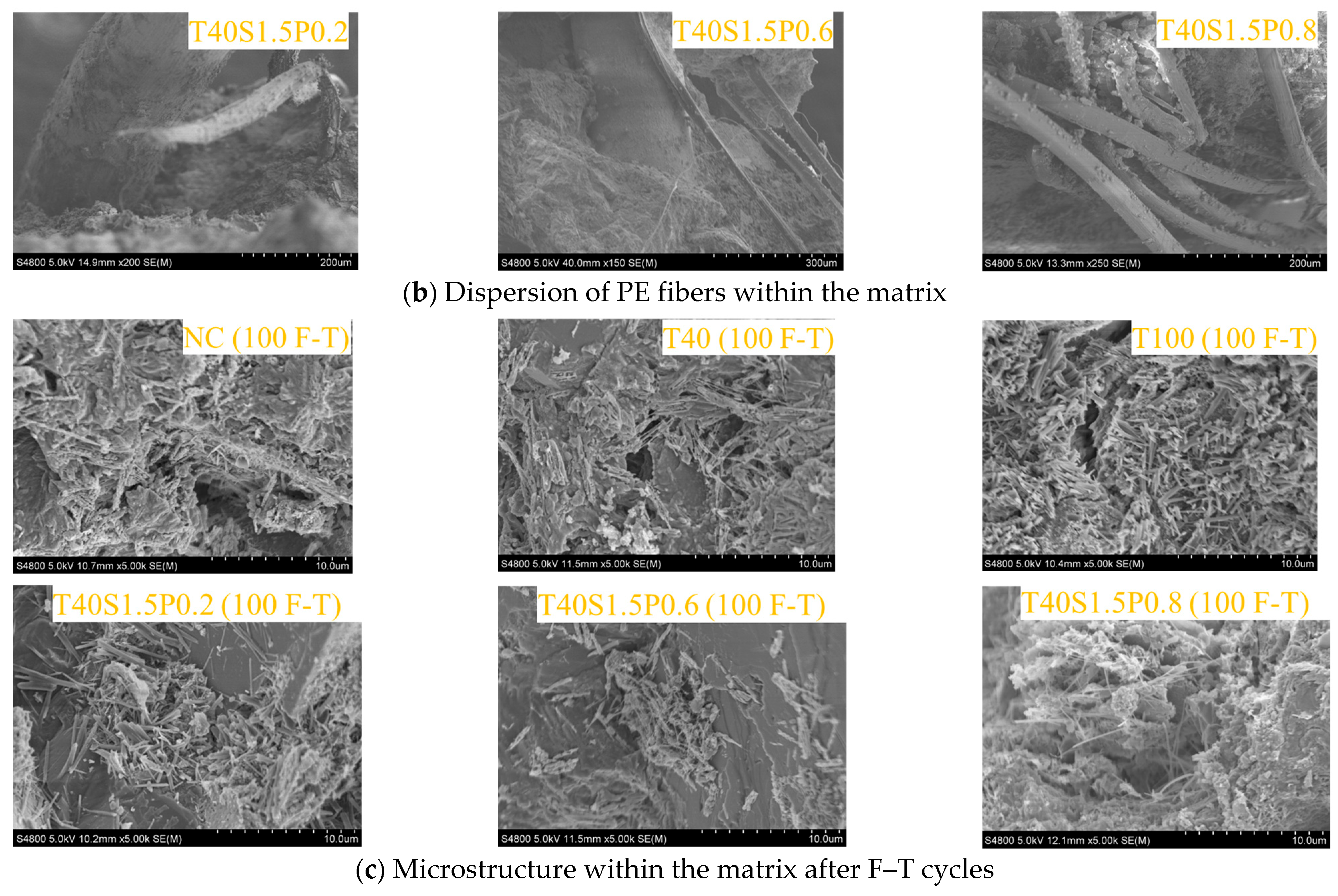
| Compositions (%) | ||||||||
|---|---|---|---|---|---|---|---|---|
| SiO2 | Al2O3 | CaO | MgO | Fe2O3 | TiO2 | SO3 | Others | |
| OPC | 55.7% | 42.5% | 0.4% | / | 0.3% | 0.9% | / | 0.2% |
| FA | 52.97% | 29.96% | 3.66% | 1.52% | 7.98% | / | 0.65% | 3.26% |
| Apparent Density (kg/m3) | Bulk Density (kg/m3) | Water Absorption (%) | Mud Content (%) | Crushing Index (%) | |
|---|---|---|---|---|---|
| NCA | 2813 | 1675 | 0.53 | 0.42 | 8.9 |
| RS | 2806 | 1883 | 0.78 | 2.66 | / |
| IOTs | 2796 | 1935 | 0.95 | 2.98 | / |
| Materials | Length (mm) | Diameter (µm) | Density (g/cm3) | Tensile Strength (MPa) | Modulus of Elasticity (GPa) |
|---|---|---|---|---|---|
| SF | 16 | 220 | 7.8 | 2500 | 210 |
| PF | 12 | 24 | 0.97–0.98 | 3000 | 160 |
| NO. * | C | FA | RS | IOTs | NCA | W | SF | PF | W/C | SP |
|---|---|---|---|---|---|---|---|---|---|---|
| NC | 440 | 110 | 656 | 0 | 1103 | 220 | 0 | 0 | 0.4 | 2.2 |
| T20 | 440 | 110 | 524.8 | 131.2 | 1103 | 220 | 0 | 0 | 0.4 | 2.2 |
| T40 | 440 | 110 | 393.6 | 262.4 | 1103 | 220 | 0 | 0 | 0.4 | 2.2 |
| T60 | 440 | 110 | 262.4 | 393.6 | 1103 | 220 | 0 | 0 | 0.4 | 2.2 |
| T80 | 440 | 110 | 131.2 | 524.8 | 1103 | 220 | 0 | 0 | 0.4 | 2.2 |
| T100 | 440 | 110 | 656 | 0 | 1103 | 220 | 0 | 0 | 0.4 | 2.2 |
| T40S1.5P0.2 | 440 | 110 | 393.6 | 262.4 | 1103 | 220 | 117 | 1.96 | 0.4 | 2.2 |
| T40S1.5P0.4 | 440 | 110 | 393.6 | 262.4 | 1103 | 220 | 117 | 3.92 | 0.4 | 2.2 |
| T40S1.5P0.6 | 440 | 110 | 393.6 | 262.4 | 1103 | 220 | 117 | 5.88 | 0.4 | 2.2 |
| T40S1.5P0.8 | 440 | 110 | 393.6 | 262.4 | 1103 | 220 | 117 | 7.84 | 0.4 | 2.2 |
| NO. | α | β | R2 |
|---|---|---|---|
| NC | 278.81 | 0.999 | 0.929 |
| T20 | 382.03 | 1.009 | 0.912 |
| T40 | 432.99 | 1.042 | 0.893 |
| T60 | 305.1 | 1.056 | 0.875 |
| T80 | 245.29 | 1.017 | 0.952 |
| T100 | 191.46 | 1.064 | 0.896 |
| T40S1.5P0.2 | 417.1 | 1.14 | 0.882 |
| T40S1.5P0.4 | 511.42 | 1.151 | 0.865 |
| T40S1.5P0.6 | 611.22 | 1.319 | 0.891 |
| T40S1.5P0.8 | 480.28 | 1.256 | 0.851 |
| F-T Cycles | NC | T40 | T40S1.5P0.6 |
|---|---|---|---|
| 50 |  | 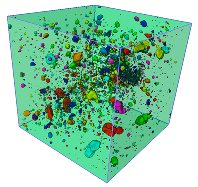 |  |
| 100 | 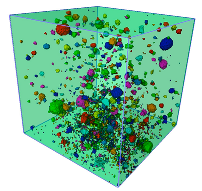 | 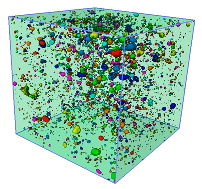 | 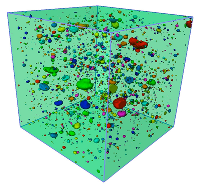 |
| 150 |  | 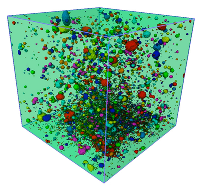 | 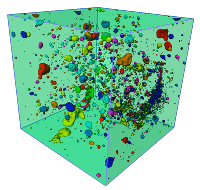 |
Disclaimer/Publisher’s Note: The statements, opinions and data contained in all publications are solely those of the individual author(s) and contributor(s) and not of MDPI and/or the editor(s). MDPI and/or the editor(s) disclaim responsibility for any injury to people or property resulting from any ideas, methods, instructions or products referred to in the content. |
© 2024 by the authors. Licensee MDPI, Basel, Switzerland. This article is an open access article distributed under the terms and conditions of the Creative Commons Attribution (CC BY) license (https://creativecommons.org/licenses/by/4.0/).
Share and Cite
Wang, J.; Li, X. Hybrid Steel-Polyethylene Fiber-Reinforced Iron Ore Tailing Concrete: Mechanical, Sulfate Freeze–Thaw Resistance, and Microscopic Characteristics. Buildings 2024, 14, 1843. https://doi.org/10.3390/buildings14061843
Wang J, Li X. Hybrid Steel-Polyethylene Fiber-Reinforced Iron Ore Tailing Concrete: Mechanical, Sulfate Freeze–Thaw Resistance, and Microscopic Characteristics. Buildings. 2024; 14(6):1843. https://doi.org/10.3390/buildings14061843
Chicago/Turabian StyleWang, Jing, and Xiaopeng Li. 2024. "Hybrid Steel-Polyethylene Fiber-Reinforced Iron Ore Tailing Concrete: Mechanical, Sulfate Freeze–Thaw Resistance, and Microscopic Characteristics" Buildings 14, no. 6: 1843. https://doi.org/10.3390/buildings14061843




